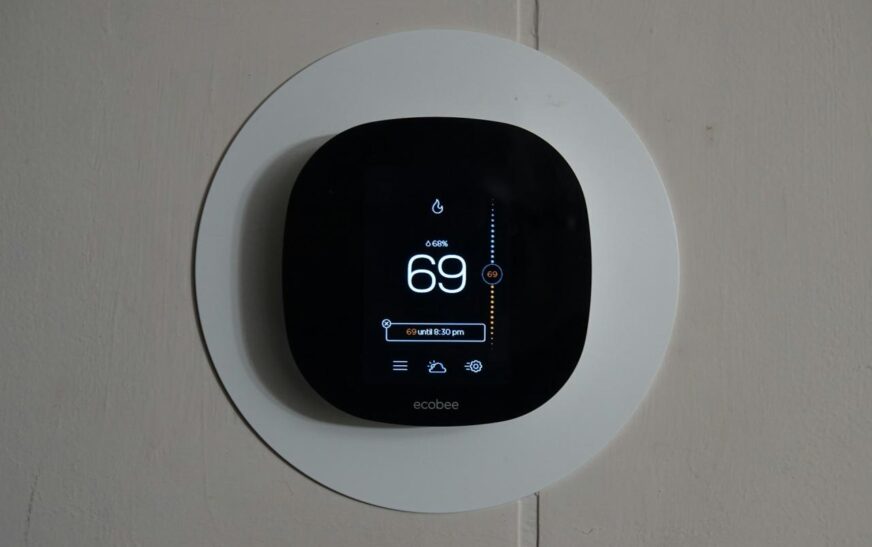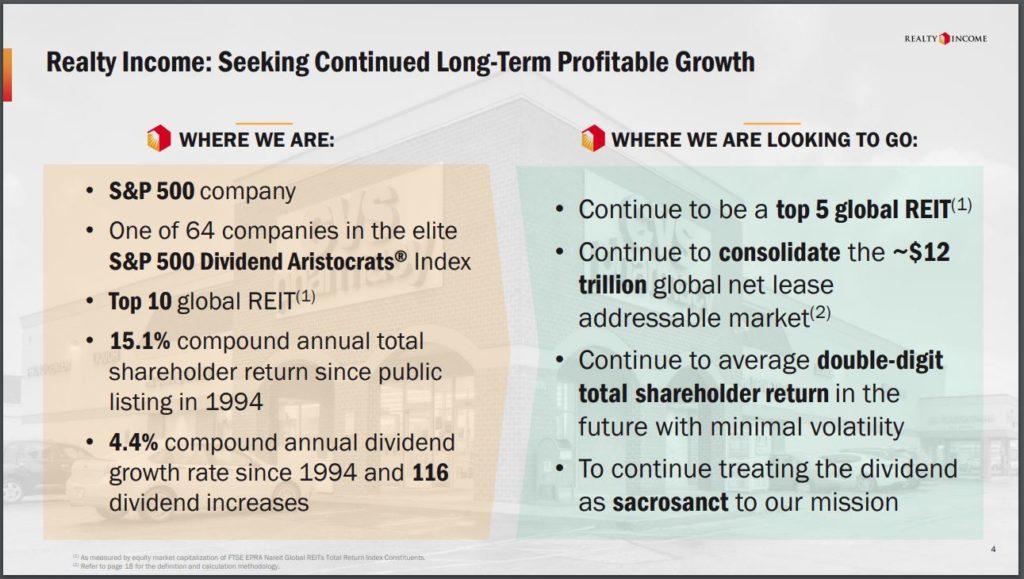How Smart Thermostats Enhance Interior Comfort sets the stage for this enthralling narrative, offering readers a glimpse into a story that is rich in detail with casual formal language style and brimming with originality from the outset.
Smart thermostats have revolutionized the way we control our home environment, providing a seamless blend of technology and comfort. In this guide, we will delve into the various aspects of how these devices enhance interior comfort and convenience.
Introduction to Smart Thermostats
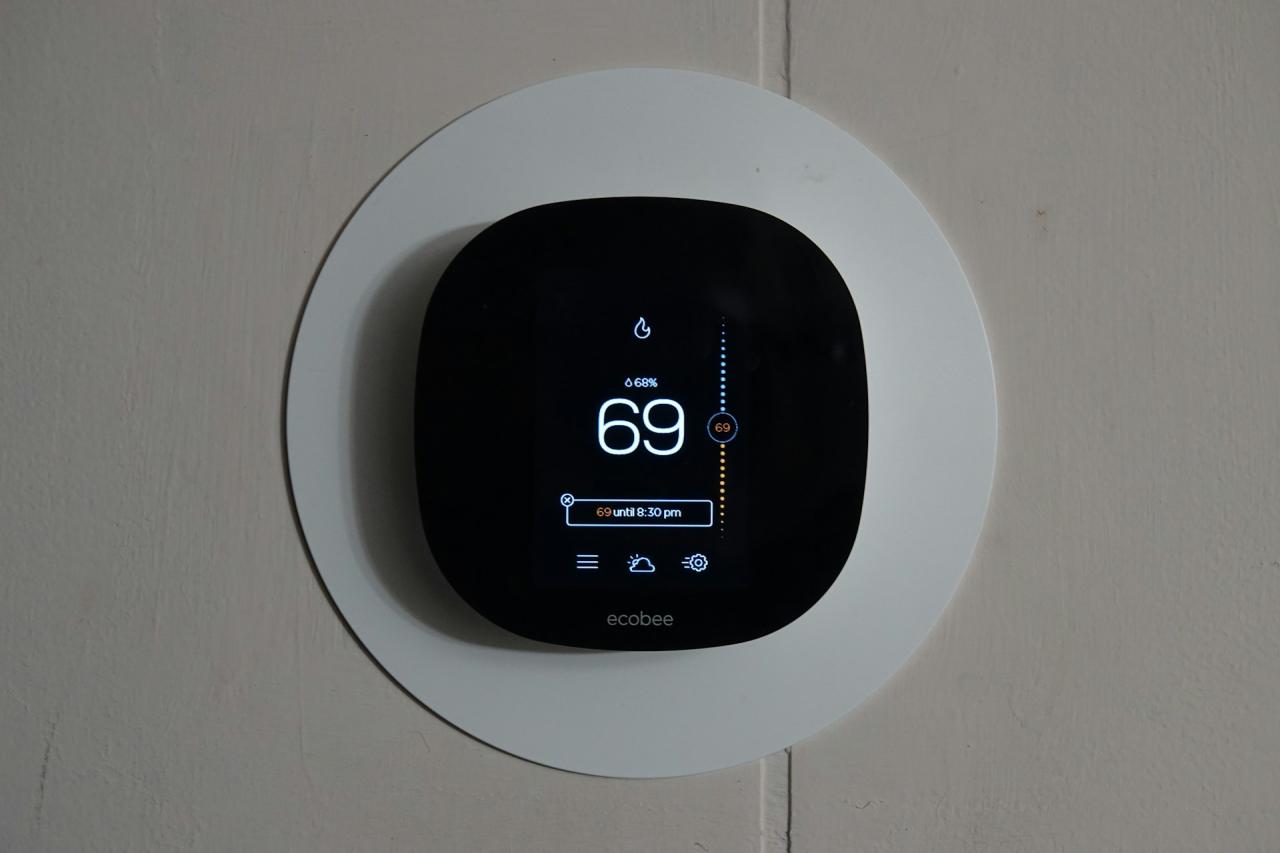
Smart thermostats are innovative devices that can be connected to your home's heating and cooling systems to regulate the temperature automatically. They work by learning your habits and preferences over time, adjusting the temperature accordingly to maximize energy efficiency and comfort.Using smart thermostats can greatly enhance interior comfort by ensuring that your home is always at the perfect temperature when you need it.
Whether you're at home, at work, or on vacation, you can control the thermostat remotely using your smartphone or other devices, allowing you to create a comfortable environment no matter where you are.
Popular Smart Thermostat Brands
- Nest: Nest thermostats are known for their sleek design and advanced learning capabilities. They can adapt to your schedule and automatically adjust the temperature to save energy.
- Ecobee: Ecobee thermostats come with remote sensors that help detect occupancy in different rooms, allowing for more precise temperature control throughout your home.
- Honeywell: Honeywell offers a range of smart thermostats with features like geofencing, which uses your smartphone's location to adjust the temperature based on whether you're home or away.
Features of Smart Thermostats
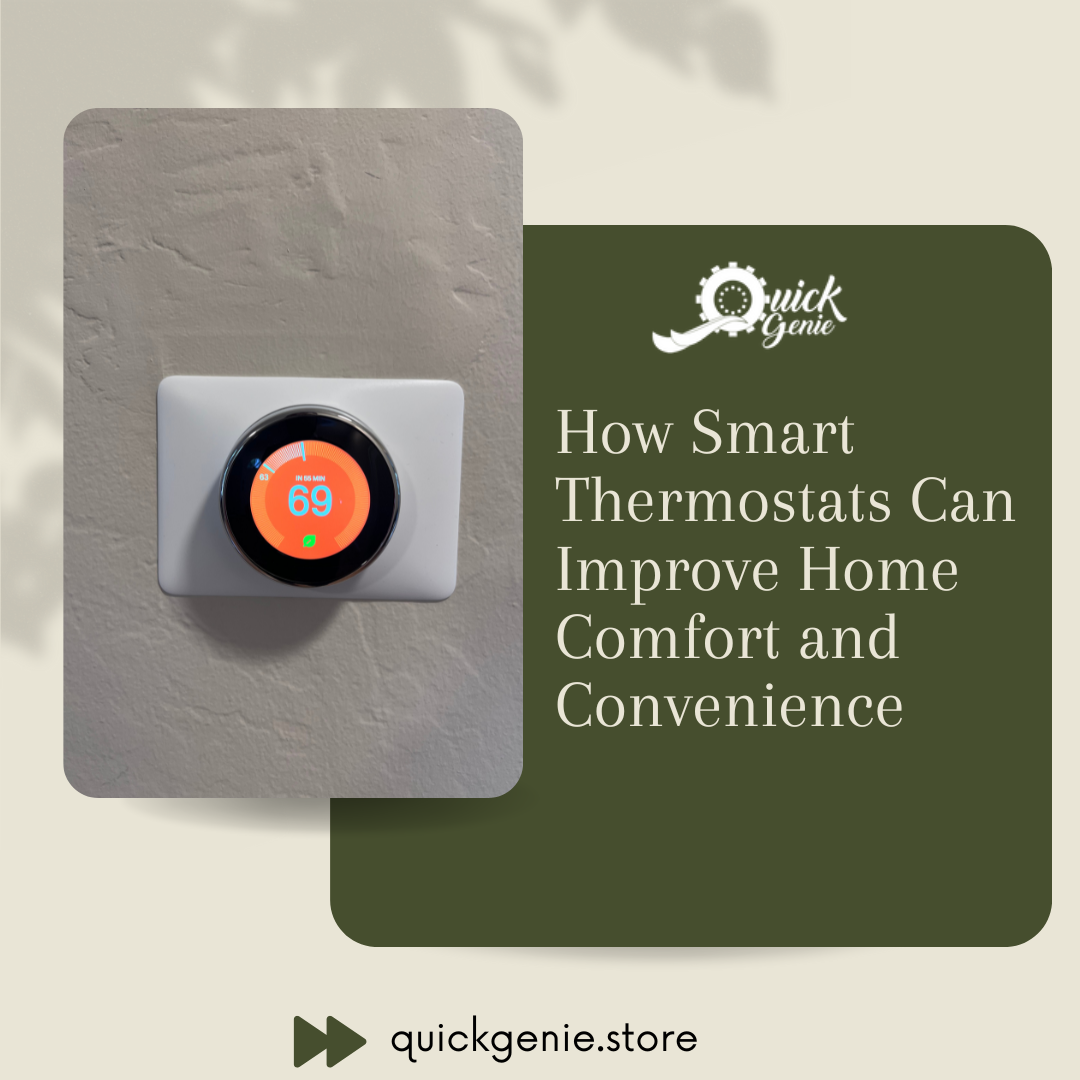
Smart thermostats come equipped with a range of features that contribute to enhancing interior comfort and energy efficiency. These features set them apart from traditional thermostats, offering users more control and convenience in managing their home heating and cooling systems.
Remote Access and Control
Smart thermostats allow users to adjust the temperature settings of their homes remotely through a smartphone app or web interface. This feature enables homeowners to regulate their heating and cooling systems from anywhere, ensuring that their living spaces are at the desired temperature when they arrive.
Learning Capabilities
Some smart thermostats have learning capabilities that adapt to users' schedules and preferences over time. By analyzing patterns of occupancy and temperature adjustments, these thermostats can automatically optimize settings for comfort and energy savings without requiring manual input.
Zoning and Room-Specific Control
Advanced smart thermostats offer zoning capabilities, allowing users to divide their homes into different temperature zones and control each zone independently. This feature enables precise temperature management, ensuring that every room is heated or cooled according to individual preferences.
Integration with Smart Home Systems
Smart thermostats can integrate with other smart home devices and systems, such as voice assistants, lighting controls, and security systems. This connectivity enables users to create personalized automation routines that enhance comfort, convenience, and energy efficiency throughout their homes.
Energy Efficiency and Cost Savings
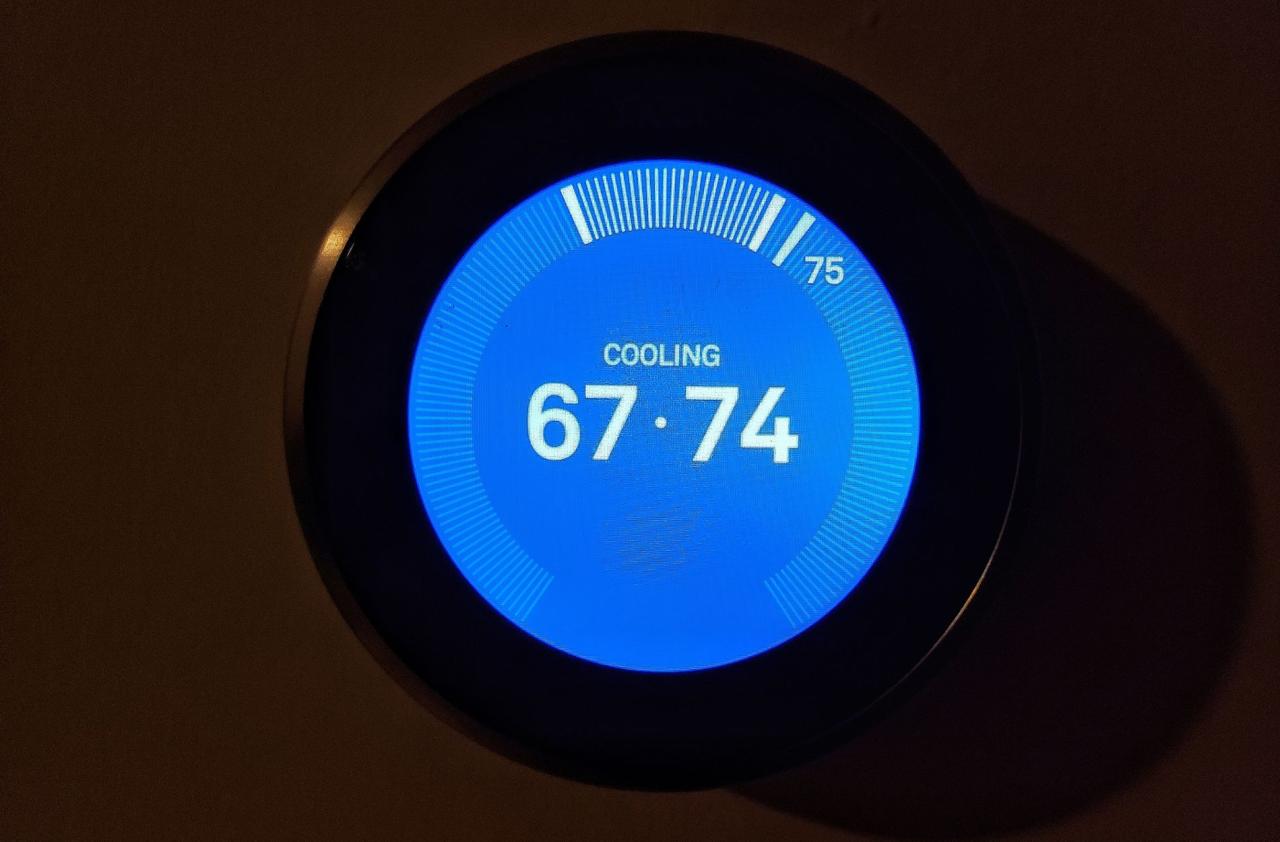
Smart thermostats play a significant role in optimizing energy usage and reducing costs by efficiently managing heating and cooling systems in homes or buildings. These devices offer various features that contribute to energy efficiency and ultimately lead to cost savings for users.
Optimizing Energy Usage
- Smart thermostats allow users to create customized heating and cooling schedules based on their daily routines, preferences, and occupancy patterns. By adjusting the temperature settings according to specific times of the day or week, these devices help in avoiding unnecessary energy consumption when heating or cooling is not required.
- The ability to remotely control the thermostat through a smartphone app enables users to make real-time adjustments from anywhere, ensuring that energy is not wasted when no one is at home. This feature helps in reducing energy usage and saving on utility bills.
Cost Savings Achieved Through Smart Thermostat Usage
- Real-life scenarios have demonstrated significant energy savings achieved through the use of smart thermostats. For example, a study conducted by the Nest company found that users saved an average of 10-12% on heating bills and 15% on cooling bills by using their smart thermostat.
- Another case study by ecobee, a leading smart thermostat manufacturer, reported that users saved up to 23% on their heating and cooling costs after installing a smart thermostat in their homes.
Scheduling and Automation Features for Energy Efficiency
- The scheduling feature of smart thermostats allows users to set specific temperatures for different times of the day, week, or month. By programming the device to adjust the temperature based on occupancy patterns and preferences, energy is used more efficiently, leading to cost savings.
- Automation features such as geofencing and occupancy sensors help in further optimizing energy usage by adjusting the temperature settings automatically when users leave or enter the premises. This proactive approach ensures that energy is not wasted when spaces are unoccupied.
Remote Access and Control
Smart thermostats offer the convenience of remotely controlling the temperature settings in your home using smart devices, such as smartphones or tablets. This feature allows you to adjust the temperature from anywhere, providing a new level of comfort and control over your indoor environment.
Benefits of Remote Access
- Convenience: With remote access, you can easily adjust the thermostat settings without having to be physically present at home. This means you can make changes on the go, whether you're at work, running errands, or traveling.
- Comfort: Being able to control the temperature remotely ensures that your home is always at the desired comfort level when you arrive. You can set the temperature just the way you like it, creating a cozy and welcoming environment.
- Energy Savings: Remote access allows you to optimize your energy usage by adjusting the temperature based on your schedule. You can lower the temperature when you're away and raise it before you return, helping you save on energy costs.
Integration with Smart Home Ecosystem
Smart thermostats play a crucial role in enhancing interior comfort by seamlessly integrating with other smart home devices. This integration allows for a more unified and automated experience, where different devices work together to create an optimal living environment.
Compatibility with Smart Home Ecosystems
Smart thermostats are designed to be compatible with popular smart home ecosystems such as Amazon Alexa, Google Home, Apple HomeKit, and more. This compatibility enables users to control their thermostat using voice commands or through a centralized smart home app, making it easier to manage temperature settings and energy usage.
- With Alexa integration, users can simply ask their smart speaker to adjust the temperature, set schedules, or check energy usage, all without lifting a finger.
- Google Home compatibility allows for seamless control of the thermostat using voice commands through Google Assistant, making it convenient and hands-free.
- Integration with Apple HomeKit offers users the ability to create automation routines and control their thermostat alongside other HomeKit-enabled devices for a fully connected smart home experience.
Enhanced Interior Comfort with Interconnected Systems
By integrating smart thermostats with other smart home devices such as smart lighting, smart blinds, and smart sensors, users can create customized settings that enhance interior comfort. For example, when the smart thermostat detects someone entering a room, it can automatically adjust the temperature and lighting to the desired levels for optimal comfort without any manual intervention.
- Smart thermostats can work in tandem with smart blinds to regulate the amount of sunlight entering a room, maintaining a comfortable temperature and reducing the need for heating or cooling.
- Integrating smart sensors with the thermostat allows for more accurate temperature control based on occupancy and activity levels in different areas of the home, ensuring energy efficiency and comfort.
- By connecting the smart thermostat to a smart speaker, users can receive temperature updates, set reminders, and adjust settings using voice commands, adding a new level of convenience to their daily routine.
Final Wrap-Up
In conclusion, the integration of smart thermostats into our daily lives not only enhances interior comfort but also contributes to a more energy-efficient and cost-effective home environment. The convenience of remote access and the compatibility with other smart home devices make smart thermostats a valuable addition to any modern household.
Frequently Asked Questions
How can smart thermostats help optimize energy usage?
Smart thermostats use advanced algorithms to learn your schedule and adjust temperature settings accordingly, reducing energy waste.
Are smart thermostats compatible with all HVAC systems?
Smart thermostats are compatible with most HVAC systems, but it's essential to check compatibility before purchasing.
Can smart thermostats be controlled remotely?
Yes, smart thermostats can be controlled remotely via smartphone apps or through voice assistants like Alexa or Google Home.

